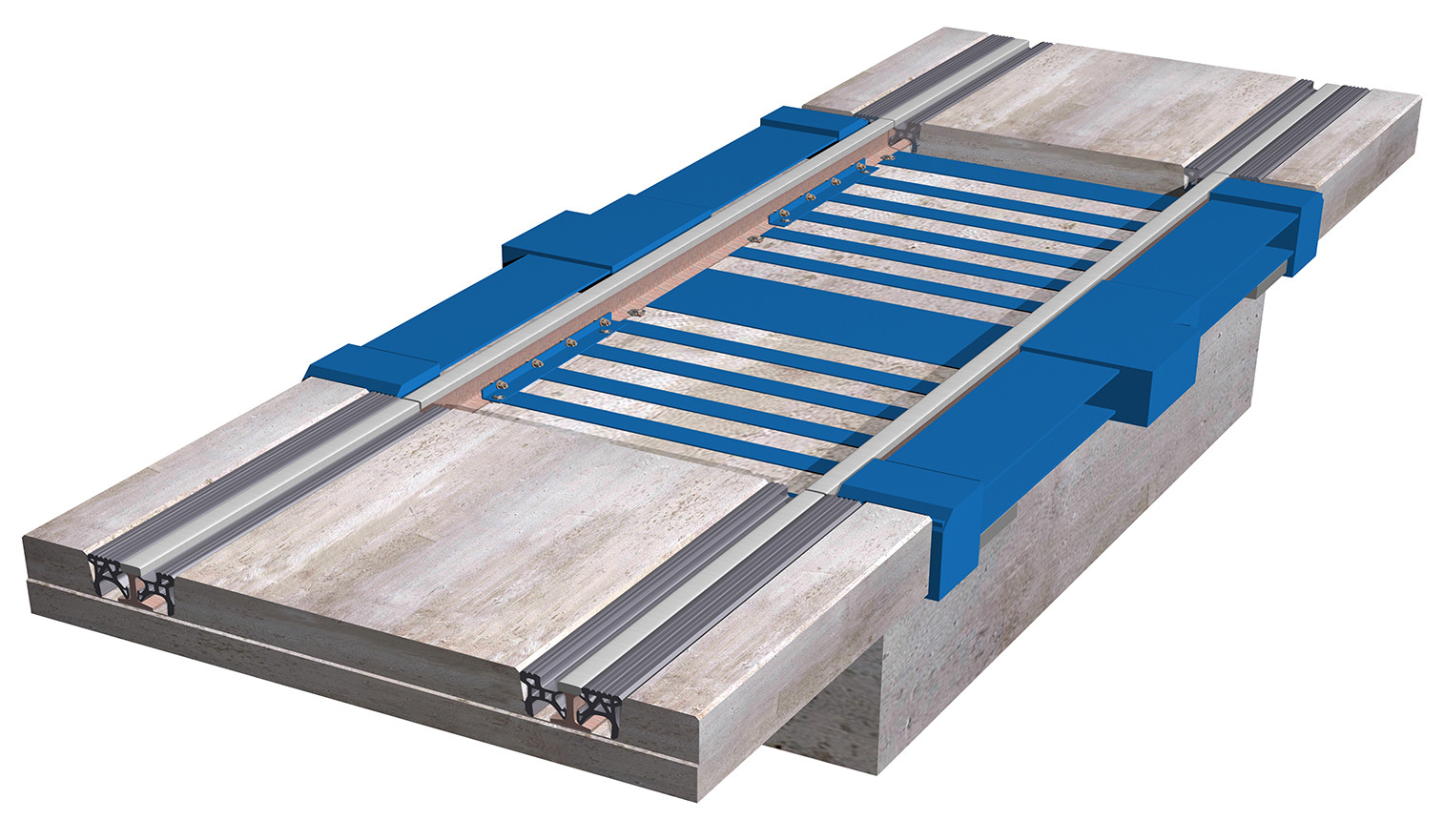

It should be told here that Fourth Street became known as Front Street. Instead of quickly moving down State Street, early builders sought lots along Fourth Street that ran parallel with the railroad. It is clear that an effort was made to be near the railroad and depot, and that was the trend in those early years of Bristol’s existence. The first two buildings erected in the new town, the homes of Joseph R Anderson and Dr. Fowler House, BHA has found new owners with the vision and ability to restore these pieces of Bristol's historic fabric and preserve them for future generations to learn from.Īfter Bristol was planned and laid out in 1852, one would have expected the earliest development to have been along Main (now State) Street. In other cases, through temporary ownership of important properties like the E.W. By placing the Train Station under its non-profit umbrella until the Train Station Foundation acquired tax exempt status, BHA was able to initiate fundraising for the successful restoration of what is now a thriving downtown asset and source of pride for the community at large. Most notable of the properties that BHA has been instrumental in protecting is the Bristol Train Station. Although BHA's original charter did not include acquiring real estate, its mission to identify, preserve, interpret, and promote Bristol's heritage and culture has led to the ownership and protection of a number of historic structures. Fowler House, and the Robert Preston House.

King House, the Tennessee Ernie Ford House, the I.C.

BHA is a 501(c)(3) nonprofit and has owned and preserved a number of properties over the last 20 years including the E.W.


 0 kommentar(er)
0 kommentar(er)
